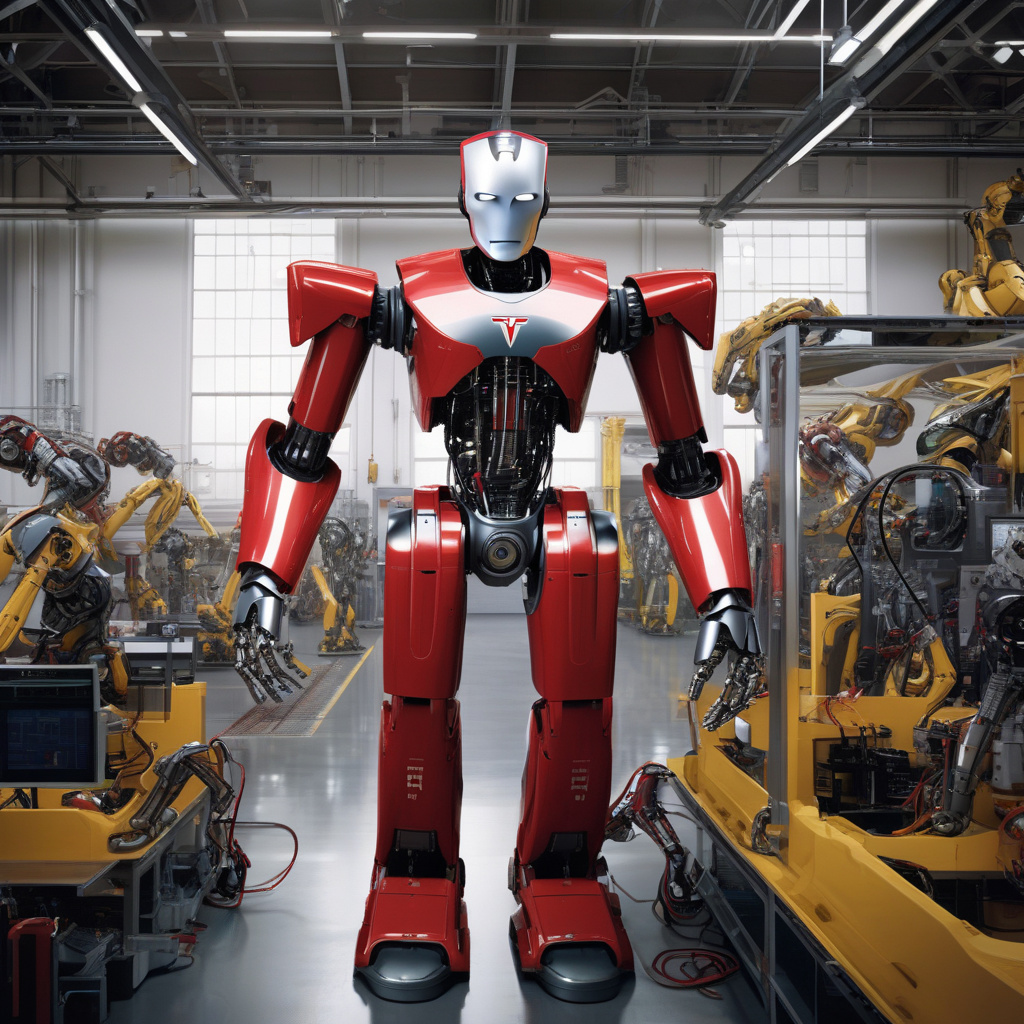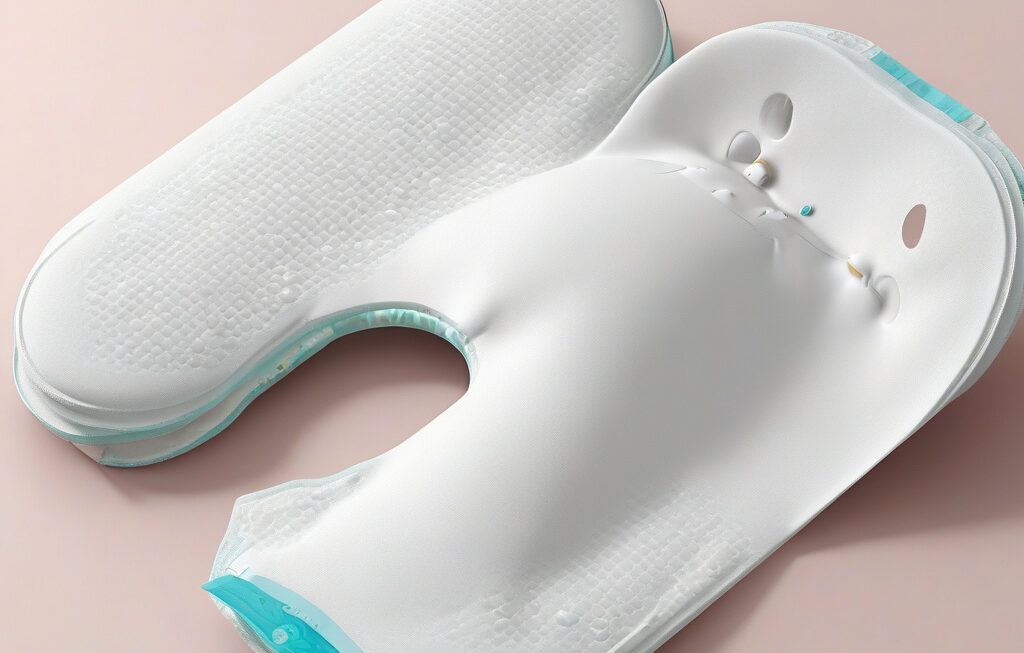Humanoid vs Robot: Tesla’s Optimus Stirs Debate on Droid Utility in Industries
Tesla recently released a new viral video featuring its humanoid robot, Optimus. Unlike the earlier iterations of robots in the market, Optimus is designed to perform a wide range of tasks, from simple to complex, with human-like dexterity and agility. This unveiling has sparked a heated debate among industry experts and tech enthusiasts about the utility of humanoid robots versus traditional robots in various sectors.
One of the key arguments in favor of humanoid robots like Optimus is their versatility. These robots are built to mimic human movements and can navigate unpredictable environments more effectively than their traditional counterparts. For industries that require adaptable and flexible automation solutions, such as manufacturing, healthcare, and retail, humanoid robots offer a promising alternative.
Moreover, humanoid robots have the potential to revolutionize customer service experiences. Imagine walking into a store and being greeted by a friendly humanoid robot capable of assisting you with product inquiries and guiding you through the shopping process. This level of personalized interaction can enhance customer satisfaction and loyalty, setting businesses apart in today’s competitive market landscape.
On the other hand, some skeptics argue that the cost of developing and implementing humanoid robots may outweigh the benefits, especially in industries where repetitive and structured tasks are predominant. Traditional robots, which are often stationary and perform specific functions with precision and speed, continue to be the preferred choice for tasks like assembly line manufacturing and warehouse operations.
Furthermore, concerns about job displacement have been raised in relation to the rise of humanoid robots in various industries. While automation has the potential to increase efficiency and productivity, it also raises questions about the future of human employment. Finding a balance between leveraging robotic technology and preserving job opportunities for human workers remains a critical challenge for companies exploring droid solutions.
Despite the ongoing debate, it is clear that the integration of humanoid robots like Tesla’s Optimus represents a significant milestone in the evolution of robotics and artificial intelligence. As technology continues to advance, businesses will need to carefully assess their operational needs and objectives to determine the most suitable robotic solutions for their specific industry requirements.
In conclusion, the discussion around the utility of humanoid robots versus traditional robots in industries is multifaceted and complex. While humanoid robots offer unique capabilities and possibilities for enhancing human-machine interactions, traditional robots continue to play a vital role in streamlining operations and driving efficiency. As the droid landscape evolves, it is essential for businesses to stay informed and adaptable to leverage the full potential of robotic technology in their respective sectors.
#HumanoidRobots, #RoboticsDebate, #IndustryInnovation, #TeslaOptimus, #FutureOfWork.












